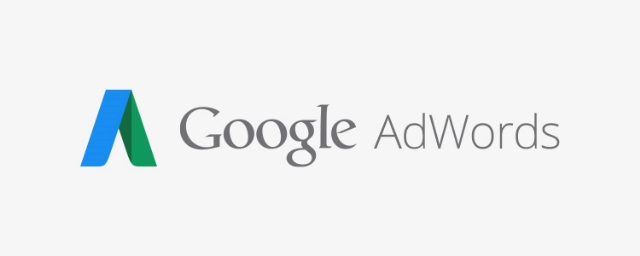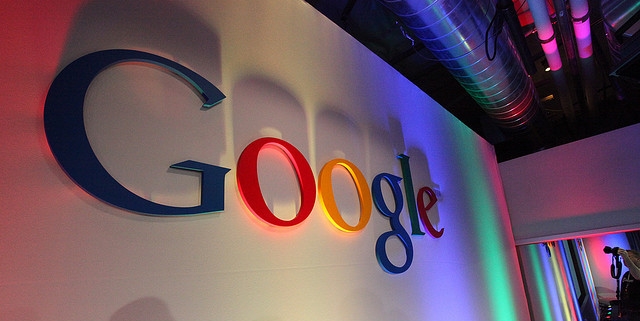
Google has released its latest “Bad Ads” report, which shows the search giant is cracking down harder than ever on ads that violate its advertising policies.
In total, the search engine and ad platform has removed over 3.2 billion ads in 2017, nearly doubling the 1.7 billion ads removed in 2016.
“That’s more than 100 bad ads per second!” writes Google’s director of sustainable ads, Scott Spencer.
The highlights from the report include:
- 79 million ads were taken down for sending users to malware-laden sites.
- 400,000 malware sites were blocked
- 66 million “trick-to-click” ads were removed
- 48 million ads that initiated unwanted software installation were banned
About a year ago, Google launched new brand safety controls for video and display ads. As such, they updated their policies to prohibit the monetization of inappropriate and controversial content. Reflecting these policy updates, Google reports it has removed 320,000 publishers that violate publisher policies, blacklisted 90,000 websites, and banned 700,000 mobile apps in 2017.
“After expanding our policy against dangerous and derogatory content in April 2017 to cover additional forms of discrimination and intolerance, we removed Google ads from 8,700 pages [that] violated the expanded policy,” writes Spencer.
Spencer says Google also recognizes that only a small number of publishers account for the vast majority of sites that misrepresent themselves or present themselves as another legitimate organization. Of the 11,000 websites reviewed for possible misrepresentation, 650 were blocked and 90 publishers were removed from Google’s ad network.
The report shows how Google’s latest policies have worked to cut-out ad fraud and policy breaking advertisements across their AdWords network, but they won’t be slowing down anytime soon. Search Engine Land reports that Google is poised to enact new restrictions for ads related to financial products later this year.







